This is the second part of a two-part series. Missed the first one? Pop over here and give it a read before you continue!
So, you’ve been wowed by the benefits of using humour in elearning and your mind is bursting with possibilities for your next bit of learning content. While it might be tempting to jump straight in and start cracking jokes like it’s your first time at Edinburgh Fringe, put the mic down and take a step back. Incorporating humour into elearning is a fine art that needs a light touch for the best results. Here are four things to bear in mind when flexing your comedic muscles:
- Know your audience
Understanding your audience is a key part of getting humour right, so start by researching the demographic of people who will be taking your course. If the tone of voice in the organisation’s brand guidelines is strictly formal, it’s best to align your scripts with that. If the audience is made up of people who are new to the industry, leave out the humour that references complex technical jargon because they’ll have no idea what you’re talking about. Similarly, check if there are any plans to translate the course. If you’re writing a script that will be translated into different languages, you’ll want to avoid using all but the most basic humour to avoid any confusion further down the line.
- Keep it positive
Humour in elearning courses should always be positive. You’re creating a professional piece of training that will be used in a workplace setting, and the content needs to reflect that. Avoid using crass, negative or controversial humour. If you think there’s a chance something could offend someone or make them feel uncomfortable, leave it out. Include light-hearted jokes and comments that are universally appealing and easy to understand. You want your learners to feel motivated to finish the course, so try peppering inspirational and encouraging language throughout your scripts to guide them through.
- Don’t overshadow the course content
Naturally, you want your learners to enjoy the experience of working through your course. However, it’s important not to overdo it with the humour. The goal of your elearning is for your audience to learn something new. If every other sentence is a joke or a funny story, the humour will overshadow the information and your course will start to sound like a series of one-liners. Be selective with the jokes you include to avoid distracting learners, and make sure the ratio of humour to content is well-balanced.
- Tie it back to the learning objectives
The learning objectives are the foundations of your course. Everything you write should link back to them, and this includes humour. Refer back to the learning objectives often to make sure your humour is adding rather than taking away from this focus. Got an award-winning joke that would fit perfectly with the subject matter? If it won’t enhance the learner’s knowledge and give them a deeper understanding of the topic, leave it out. Yes, even if it never fails to bring on the LOLs when you tell it. Make sure your hilarious anecdotes and entertaining comments don’t come at the expense of your audience’s essential training requirements.
So, there you have it. Adding humour to elearning is a great way to make it more engaging and enjoyable. Just remember to incorporate it in the right way to ensure your learners come away from your course feeling educated as well as entertained!






